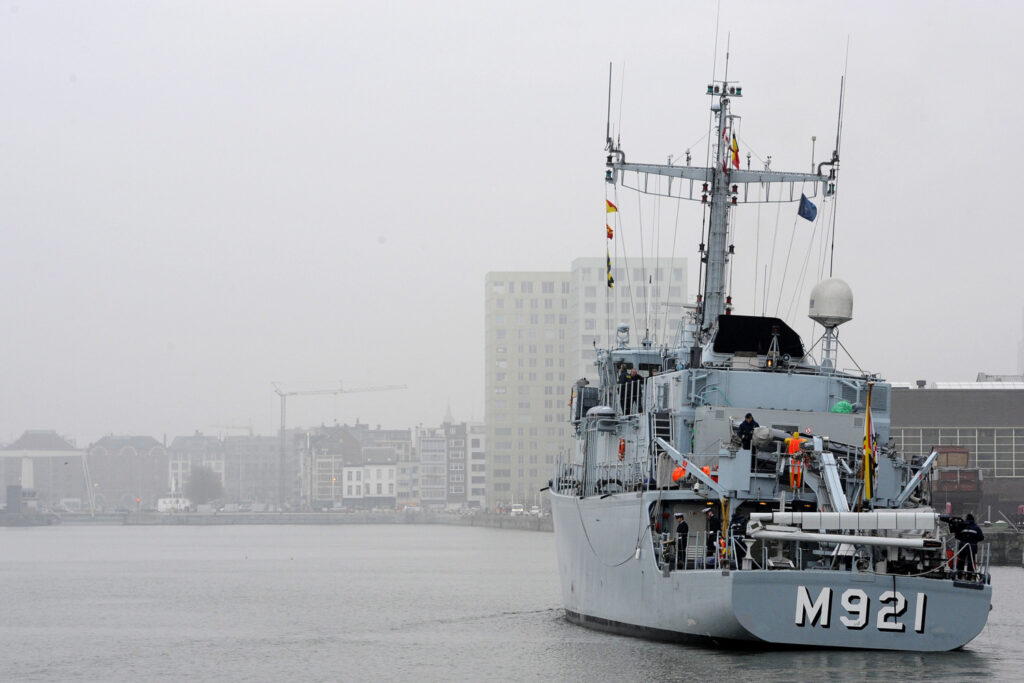The Belgian minehunter Lobelia departed from the naval base in Zeebrugge on Monday, bound for the Baltic Sea as part of NATO's Baltic Sentry operation.
The vessel will join the Standing NATO Mine Countermeasures Group 1 (SNMCMG1), which Belgium has led since January.
The Belgian Defence Ministry highlighted the crucial role of mine warfare in ensuring the security and accessibility of international waters and coastal areas, noting that sea mines pose significant threats to both commercial and military vessels in strategic locations like the Baltic Sea.
Detecting, neutralising, and preventing mines is essential to keep enemy forces from blocking or disrupting access to these areas.
Currently, the Standing NATO Mine Countermeasures Group 1 includes two ships under Belgian command: the Dutch ship Luymes and the German mine-hunter Dattel.
Since February, the Belgian frigate Louise-Marie has also been participating in the Baltic Sentry operation as part of the Standing NATO Maritime Group 1 (SNMG1).
Related News
- Defence Minister wants 20,000 reservists in Belgian Army
- Everyone should have 72 hours worth of 'war supplies', EU warns citizens
The Baltic Sea is strategically important for NATO due to the presence of numerous submarine telecommunications cables, which are routinely threatened by ships allegedly connected to Russia.
On 25 December, the Finnish police suspected the Eagle S, a Cook Islands-flagged tanker that is part of the "ghost fleet," of sabotaging cables between Finland and Estonia.
The "ghost fleet" refers to old, poorly insured vessels operated under foreign flags, which are accused of being used by Russia to bypass Western sanctions and transport embargoed oil.

